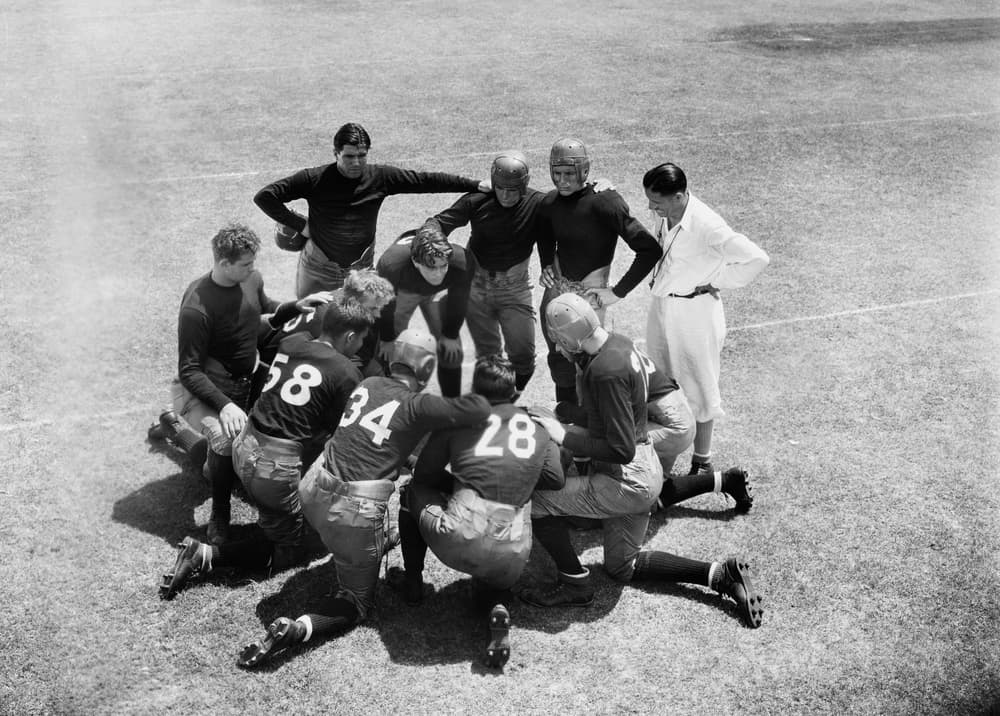
No two crises are exactly alike. The current pandemic is perhaps the most extreme seen in a generation. While it may seem nearly impossible to keep up with the constant changes in terms of the science behind the virus as well as the jurisdictional and regulatory mandates, focusing on several key best practices and ensuring real-time collaboration among all parties can keep claims on track.
Click Link to Access Free PDF Download
“How Do I Get My Adjusters To Follow My Account Handling Instructions?”
-
Communicate Solutions in Real-Time
Communicating with injured workers, third-party administrators, and other stakeholders involved in a claim is always a must but even more so now. Many people are working from home, so face-to-face meetings are rare. This has created a sea change for the way claims are being handled.
Effectively moving claims along means all parties must have accurate, up to date information. Whether through teleconferencing, ZOOM meetings, or email, technology must be used to communicate in real-time.
“Communication is key,” said John Lastella, VP of Claims, NY Service Center for Broadspire. “Also, another area we’re learning really quickly with COVID-19 is that data elements are key. Everyone involved needs to be aware of the situation and all aspects of a crisis. We also need to be on the same page. There are so many moving parts to a crisis like COVID-19, many of which we have not experienced before, even when 911 occurred.”
Part of effective communication is working in close collaboration with everyone involved. Each team member brings certain skills and expertise to the table. Some members of the crisis team, for example, may be charged with keeping up with the latest information. The Centers for Disease Control and Prevention, OSHA, and other sources issue new information continuously. Keeping track of the information and capturing it in a centralized source that can be shared with all members of the team is invaluable.
-
Stay Abreast of Jurisdictional, Regulatory Responses
Not only states, but counties and municipalities are adopting their directives to best address the virus. Staying up with the changes could almost be a fulltime job.
Many jurisdictions, for example, have implemented presumptions that state certain workers with COVID-19 are presumed to have contracted it at work. Since this puts the onus on the employer to prove otherwise, this can create challenges for those managing claims.
Many jurisdictions have also changed their reporting requirements and/or demanded more information during the past several months. It is incumbent on payers to understand what changes they need to make.
One way to keep up with these changes is working with TPAs, workers’ compensation boards, defense attorneys, and court systems.
-
Modify Products to Meet Demand
The use of new technology tools to improve the claims experience has been under discussion among workers’ compensation stakeholders for quite a while. Suddenly, there was an urgent need for tele-everything.
“When a crisis presents, it’s not business as usual anymore. And now we have to figure out ways on how we’re going to operate within the realm of our business with our clients and ensure that we’re still providing that care that is needed,” said Erica Fichter SVP of Medical Management and Accident and Health at Broadspire. “We’re used to operating face-to-face, we are used to talking with doctors about treatment and return-to-work strategies, and that was not available to us anymore. But what was very exciting is as the doctors’ offices were transitioning into telemedicine we were able to understand how that technology was going to work and how we were going to apply it over the various physician specialties — especially as it related to our case management force; being able to talk with those doctors via our case managers, as well as being able to see certain things. So when the case manager could not be present at the visit, they had the capability to watch telephonically that visit and then see the X-rays that may have been taken, see what was actually going on with the visit. So at the end of the day, they were able to keep the individual care plan on target and also be able to put that information into the claim system real-time so that our claims management team also knew what was going on anytime there was a case management visit going on.”
Independent medical exam vendors have also jumped on the tele bandwagon and engaged in virtual visits where possible.
Changes to products and services have also been needed as the duties of many workers has changed. For example, as nurses have been called to the front lines to help treat patients with COVID-19, some TPAs have asked their own nurses to fill in on other catastrophic claims.
An ‘all hands on deck’ response by stakeholders has helped deal with the volume of data that has been generated in the months since the pandemic began. Global business operations, for example, have been utilized to help.
-
Pivot to Meet Market Needs
Among the many questions that have arisen with the pandemic is how to help an employee who is coming out of quarantine. Another is what actions to take if someone at the workplace becomes symptomatic or has been in close contact with a person who has tested positive for the virus.
Before COVID-19 there were no guidelines to handle such situations. But the need for them has become clear.
A key part of being able to quickly address such challenges is to listen to employees and clients about what is going on and then reacting. Many organizations are rapidly developing and expanding products to meet the evolving needs.
One large New York-based hospital system, for example, was able to keep a sufficient supply of personal protective equipment by working with multiple manufacturers. The organization then set up fit testing for more than 30,000 employees in just over one week.
Communicating the changes to all members of the team is imperative so they can quickly adapt.
-
Use Intention, Empathy, and Compassion to Support Employees and Clients
This is one of, if not the most important strategies to use for managing claims — especially during a crisis. The fact is any uncertainty will generate a psychological component. Whether an injured worker has COVID-19, a staff member has been in close contact with an infected person, or a healthcare worker is treating patients with the virus, all are likely dealing with a range of unpleasant emotions.
Recognizing that there are issues, showing empathy, and listening to the person are instrumental in getting to the best outcomes. Whether the person is fearful, angry, or depressed, allowing him to vent his frustrations will go a long well to helping him deal with his emotions.
Conclusion
These are scary times, but that doesn’t mean our work stops. Injured workers need our care and support, whether they are affected by COVID-19 or a different injury or illness. Those handling their claims need to ensure we can be there to help move their claims along, regardless of whether a crisis is underway.
Communicating in real-time, working collaboratively with all stakeholders involved, and showing empathy to all those affected offer the best hope to help injured workers recover and return to function and work.

Contact: mstack@reduceyourworkerscomp.com.
Workers’ Comp Roundup Blog: https://blog.reduceyourworkerscomp.com/
©2020 Amaxx LLC. All rights reserved under International Copyright Law.
Do not use this information without independent verification. All state laws vary. You should consult with your insurance broker, attorney, or qualified professional.

















